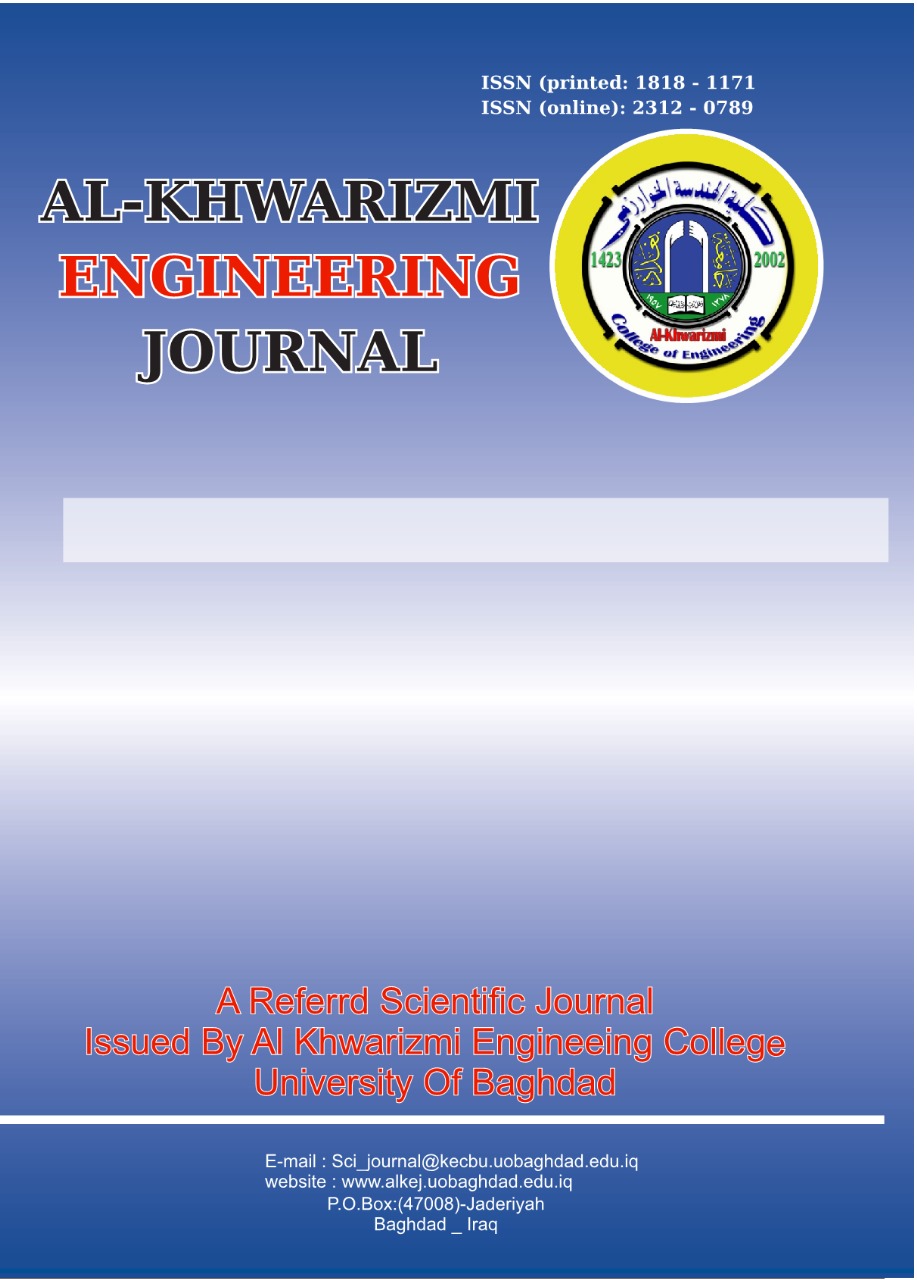Abstract
The objective of this work is to study the influence of end milling cutting process parameters, tool material and geometry on multi-response outputs for 4032 Al-alloy. This can be done by proposing an approach that combines Taguchi method with grey relational analysis. Three cutting parameters have been selected (spindle speed, feed rate and cut depth) with three levels for each parameter. Three tools with different materials and geometry have been also used to design the experimental tests and runs based on matrix L9. The end milling process with several output characteristics is solved using a grey relational analysis. The results of analysis of variance (ANOVA) showed that the major influencing parameters on multi-objective response were spindle speed and cutting tool with contribution percentage (52.75%, 24%), respectively. In addition, the optimum combination of end milling process parameters was then validated by performing confirmation tests to determine the improvement in multi-response outputs. The confirmation tests obtained a minimum (surface roughness and micro-hardness) and maximum metal removal rate with grey relational grade of 0.784 and improvement percentage of 2.3%.
Keywords
Al-alloy 4032
end milling process
grey relational analysis
multi-objective optimization
Taguchi method.
Abstract
الهدف من هذا العمل هو دراسة تأثير متغيرات عملية القطع بالتفريز، بالإضافة إلى مادة والشكل الهندسي لعدة القطع على استجابة المخرجات المتعددة لسبيكة المنيوم (4032). يمكن القيام بذلك عن طريق اقتراح نهج يجمع بين طريقة تاكوشي مع التحليل العلائقي الرمادي (Grey Relation Analysis). تم اختيار ثلاث متغيرات للقطع (سرعة القطع ، معدل التغذية وعمق القطع) مع ثلاثة مستويات لكل متغير. كما تم استخدام ثلاث عدد قطع بمواد وشكل هندسي مختلف (عدد الحدود القاطعة) لتصميم الاختبارات التجريبية والتشغيل بناءً على المصفوفة L9. يتم حل استجابة العديد من خصائص الإخراج لعملية القطع بالتفريز بالاعتماد على درجة التحليل العلائقي الرمادي (Grey Relation Grade) الناتجة عن التحليل العلائقي الرمادي (Grey Relation Analysis) . أظهرت نتائج تحليل التباين (ANOVA) بالاعتماد على درجة التحليل العلائقي الرمادي (Grey Relation Grade)أن العوامل الرئيسية المؤثرة على استجابة المخرجات متعددة الأهداف هي سرعة القطع وعدة القطع (نوع المادة وعدد الحدود القاطعة) مع نسبة مساهمة من العملية الكلية (75,52٪ ، 24٪) على التوالى .بالإضافة إلى ذلك ، تم التحقق من صحة التركيب الامثل لمتغيرات عملية القطع بالتفريز التي تم الحصول عليها من خلال التحليل العلائقي الرمادي (Grey Relation Analysis) عن طريق إجراء اختبار نهائي لتأكيد تحديد التحسن في استجابة المخرجات المتعددة . اظهرت اختبارات التأكيد للحصول على الحد الأدنى من (خشونة السطح والصلادة) والحد الأقصى لمعدل إزالة المعدن (MRR) مع درجة التحليل العلائقي الرمادي (Grey Relation Grade) (0.784) و نسبة التحسن (2.3٪).
